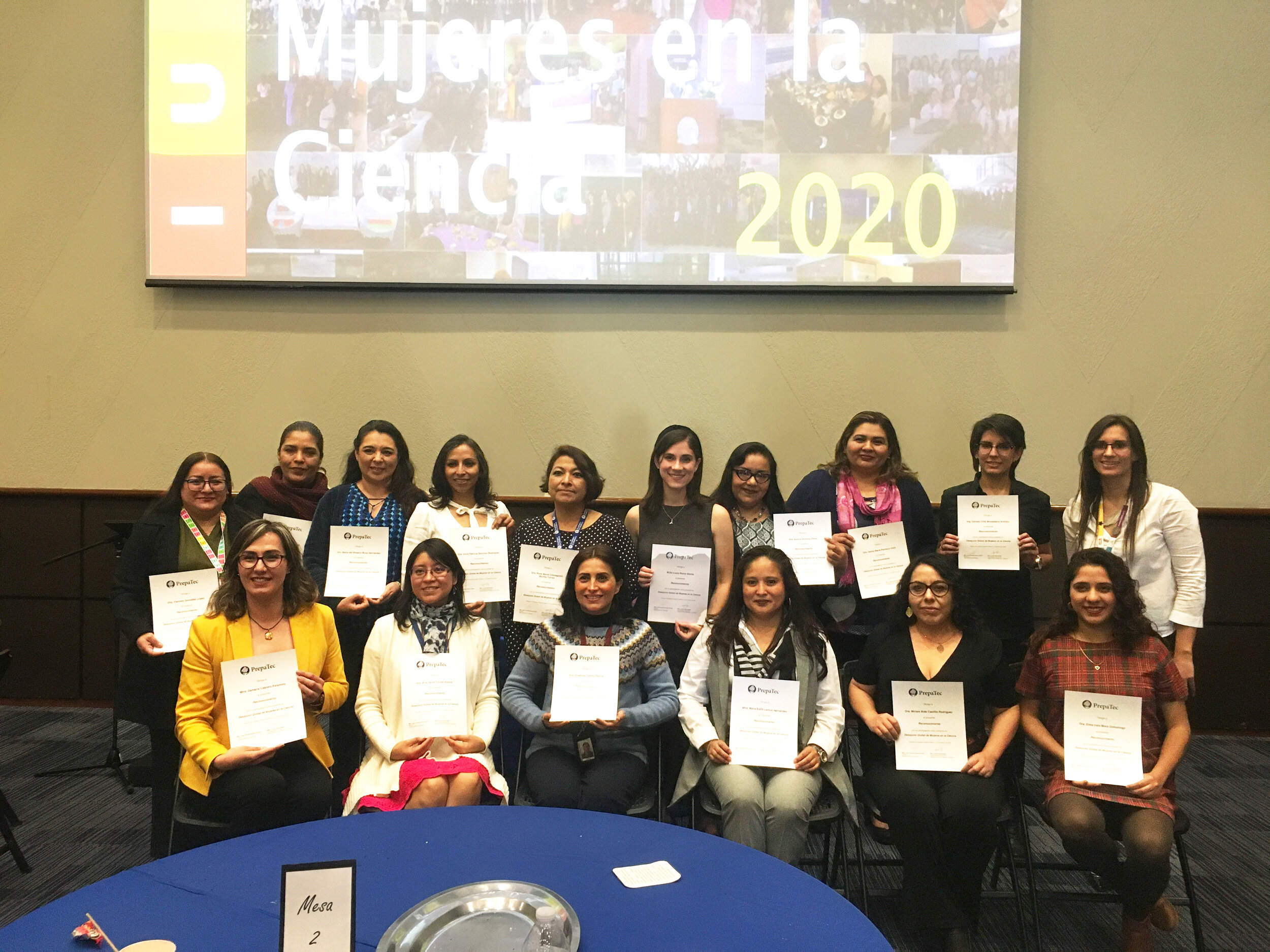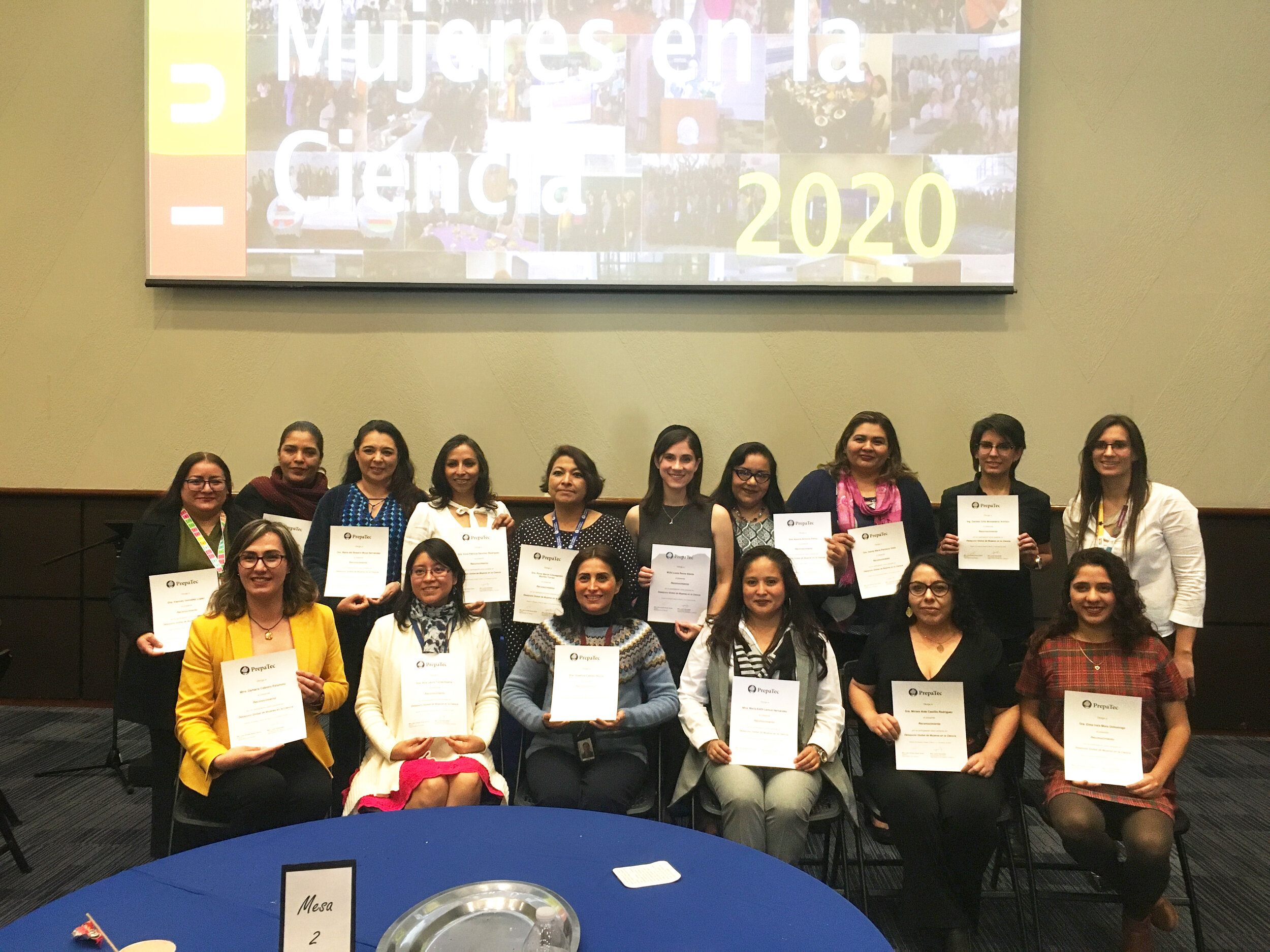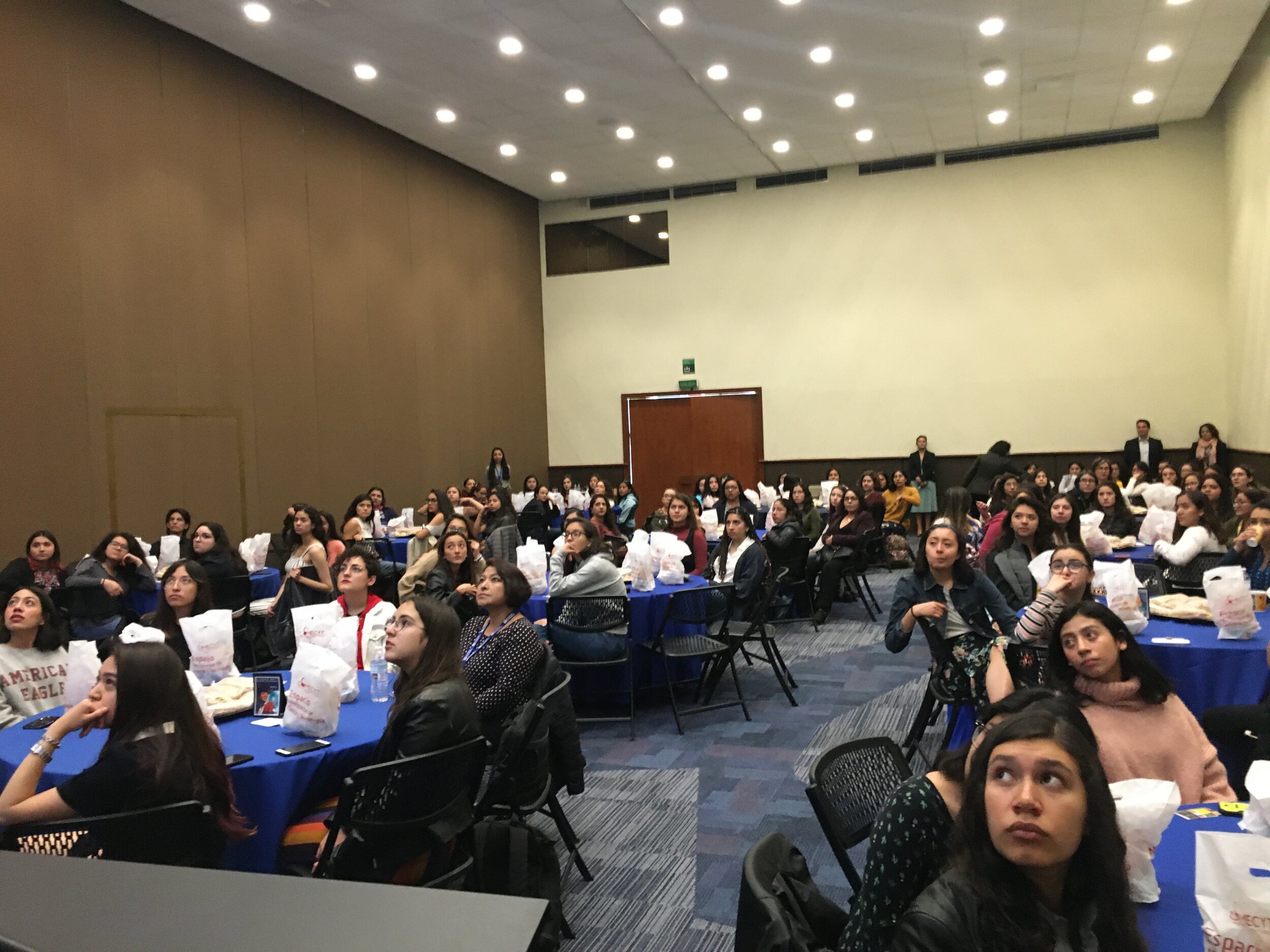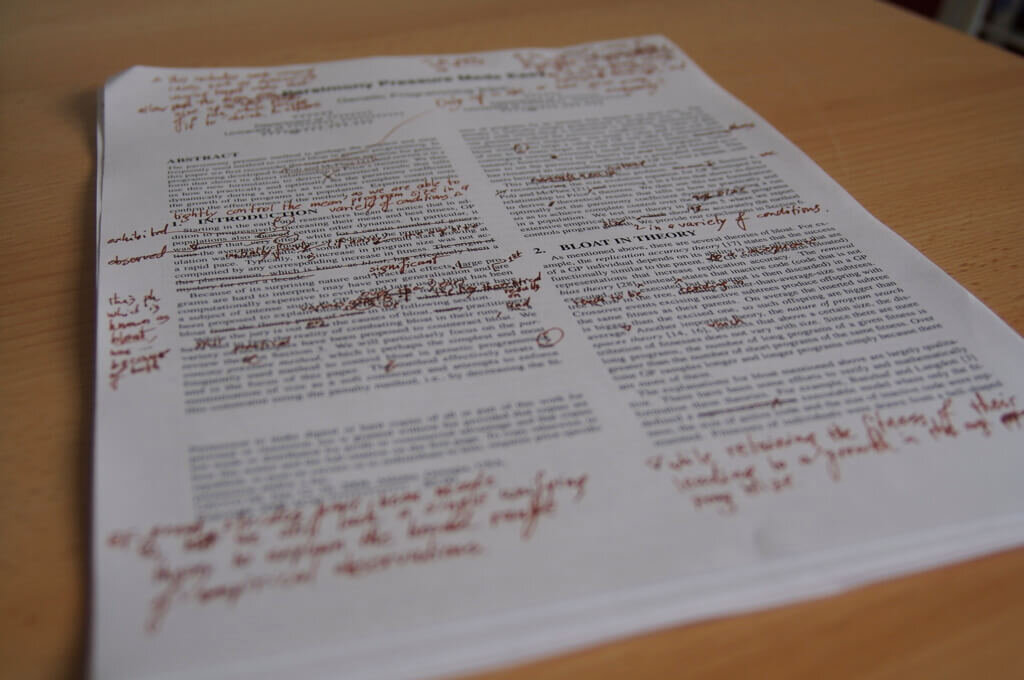Throughout history, extraordinary women have shown us the relevance of women’s role in science with their deeds, leaving a meaningful legacy to humanity.
The path that women scientists in Mexico and around the world have traveled has not been easy. I say this because I have experienced it. I am a woman and a scientist. As incredible as it may seem, in the 21st century, we still come across comments like, “that’s a man’s job,” “you should do something else,” “and how about children?” “Women are very sentimental and lose objectivity,” and “why do you want to work if you do not need anything?” This is a reality that many of us live in. One of the most frequent questions among women scientists is how to achieve a perfect balance between our professional and personal roles? Why would we have to sacrifice one of the two? We need to generate the mechanisms that foster a collaborative and equitable work environment where no distinctions or discriminations are made on gender, age, marital status, family, religion, or origin. Instead, there should be a focus on the achievements and contributions of study to science development.
In Mexico’s National Research System (SNI), of all the scientists who comprise this body, only 37% are women (Conacyt, 2019). In Latin America and the Caribbean, the percentage is a little more promising since, on average, of all the people employed in the area of research and scientific development in 2015, 45.4% were women, and worldwide, 28.8% of research positions are filled by women (UNESCO, 2018). Many factors hinder the development of women in science, such as economic inequality, which results in fewer people accessing scientific careers. In the majority of the professional fields, the senior positions in multinational companies are awarded to men. There is a salary differentiator between what men and women perceive, even if the responsibilities are the same. In other countries such as Finland, Sweden, or Germany, maternity leave is shared; there are also incentives for those couples where the man decides to take more time off. In Mexico, still much remains to do to grow professionally without neglecting personal or family development. We need to move forward in this direction if we want to have a better country and a more just society.
“We were able to create and strengthen a network of women mentors who motivate other women to enter a scientific career. Students can also use this mentoring network for guidance or support in their careers.”
One positive aspect that I want to emphasize is that, despite all the obstacles throughout history, extraordinary women have shown us the relevance of women’s role in science with their deeds, leaving a beneficial legacy to humanity. Below, I share with you a small sample of them.
Rosalind Franklin (1920-1958) made important discoveries of the structure of DNA. Margaret Hamilton (1936) developed the Apollo space program’s navigation software, is credited with the term “Software Engineering,” and was one of the first women to work at NASA. Marie Curie (1867-1934) (my heroin) was the only one in history to win two Nobel laureates – one in physics for her research on the phenomenon of radiation, and one in chemistry for discovering the elements Radium and Polonium. Mae Jemison (1956) was the first African-American woman to travel to space. Ada Yonath (1939), the first Israeli to win a Nobel prize for her work in clarifying the ribosomes’ structure, had to fight the scientific community’s disbelief. Frances H. Arnold (1956) pioneered genetic engineering through evolution aimed at creating enzymes. Tu Youyou (1930) won the Nobel Prize in Medicine for incorporating traditional Chinese medicine into conventional science and thus obtained artemisinin, which is currently used to cure malaria.
For the “International Day of Women and Girls in Science,” which is celebrated on February 11, as well as the efforts of the International Union of Pure Applied Chemistry (IUPAC), a global event was organized to encourage and promote the inclusion of women in this area of knowledge. At the “Global Women’s Breakfast – Buildings Bonds to Create Future Leaders,” different scientific bodies and universities participated, including CONACYT, UNAM, TESCI, Tecnológico de Monterrey, and EXATEC. More than 204 simultaneous meetings were held around the world with the same purpose of establishing new ties to create future leaders in science.
Committed to supporting our female students at PrepaTec Campus Estado de México, we encouraged 80 young women to attend this event and meet and share their concerns with scientists, engineers, and researchers during the dialogue tables’ activities. The topics addressed were: the impact of science on their lives, their motivations in choosing a scientific career, the indispensable qualities of a woman in science, the key people who motivated them to pursue their career, the obstacles they had confronted, their achievements, and their contributions to science.
“Prepa Tec students had the opportunity to meet and share their concerns with scientists, engineers and researchers during the activities carried out at dialogue tables.”
We created and strengthened a network of women mentors who motivate other women to enter a scientific career. Students can also use this mentoring network for guidance or support in their careers. The idea is to address the role of women in science comprehensively. At the dialogue tables, we addressed the common obstacles women face who wish to dedicate themselves to science. We began from the choice of careers, where certain bachelor’s or engineering degrees are cataloged as “for men,” or where women’s participation is minimal. Some examples of these are mechanical, mechatronic, and robotic engineering. We also discussed the roles marked by society, where we have to divide our time at home with our families (children, couples, etc.) and our professional life. We talked about the importance of seeking a balance in our lives between personal and professional aspects. Among other obstacles we addressed were the lack of inclusion in the teaching of sciences, the lack of equality, the stereotypes in education, and the inequality of opportunities.
What can we do, then, to facilitate the path of women in science?
-
Believe in yourself. This will lead you to feel secure and accepted. Everything is possible if you set yourself a goal and start to take concrete steps to achieve it.
-
Focus your efforts. Make your actions, decisions, and energy carry you to your goals.
-
Reflect on your goals and objectives. Consider your skills and strengths in everything you want to do and ponder how you want to achieve positive change in the world.
-
Find a mentor or guide. There are always women willing to help who have traveled the way and can advise you.
-
Establish a support network. Connect with those people who care about your well-being and want the best for you. You can approach your family, your friends, your partner, your colleagues, etc.
-
Inspire and help other women. It is always nice to help someone else find their way, just as we would like other women to do for us.
Being agents of change, how can we help? We can start by eliminating labels about professions “more suitable” for men or women; we all have the same capacity. Let’s eliminate preconceptions that science or mathematics are complicated. Let’s foster an environment of trust where men and women are free to explore and decide which path we want to follow if you are a teacher, design activities that lead your students to the STEM fields. Show them how exciting science is. Try to link knowledge with real-life experiences to make it easier to understand concepts. Participate in activities that promote inclusion and equality, as well as equity in access to education.
About the Author
Lucila Giammatteo (giammatteo@tec.mx) graduated from UNAM and is a pharmaceutical chemical biologist. She has a Master’s in Teaching with a specialty in Chemistry. She is currently doing her Doctoral work at Kassel University, where she specializes in teaching chemistry in context. She is a Professor of Sciences in the Multicultural program at Tecnologico de Monterrey at Mexico Campus.
This article from Observatory of the Institute for the Future of Education may be shared under the terms of the license CC BY-NC-SA 4.0 
)
)












)
Sofía García-Bullé
Sofía García-Bullé
Sofía García-Bullé